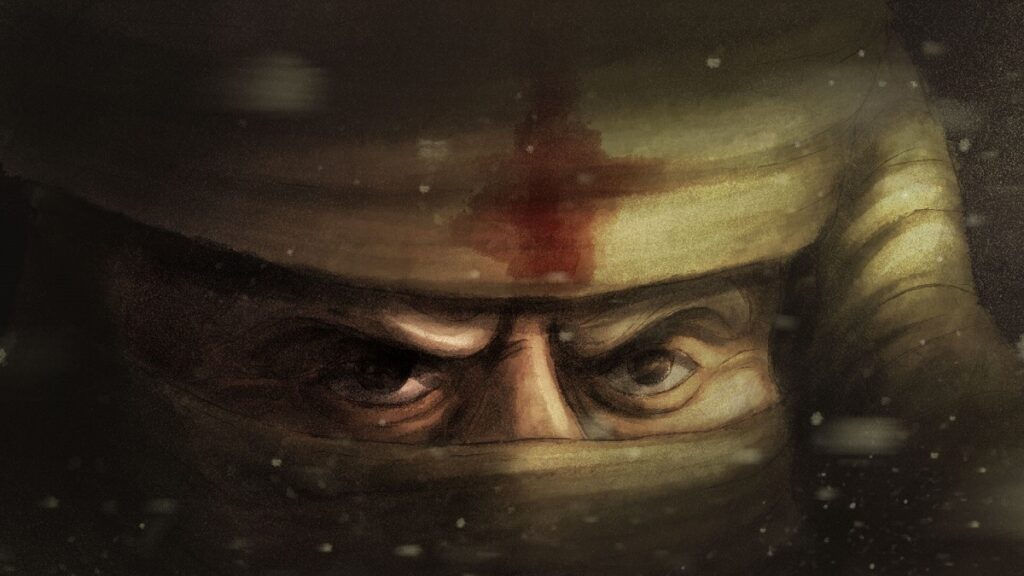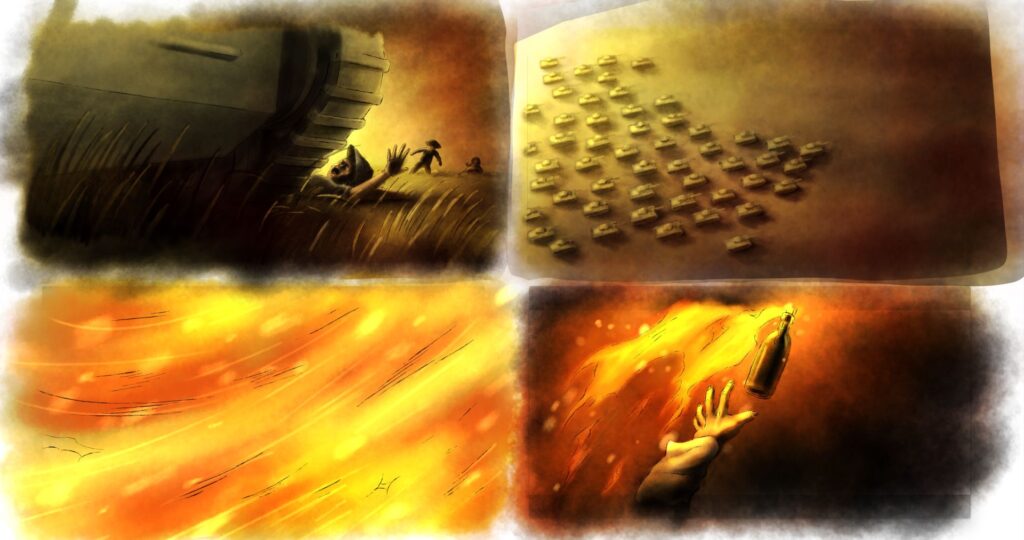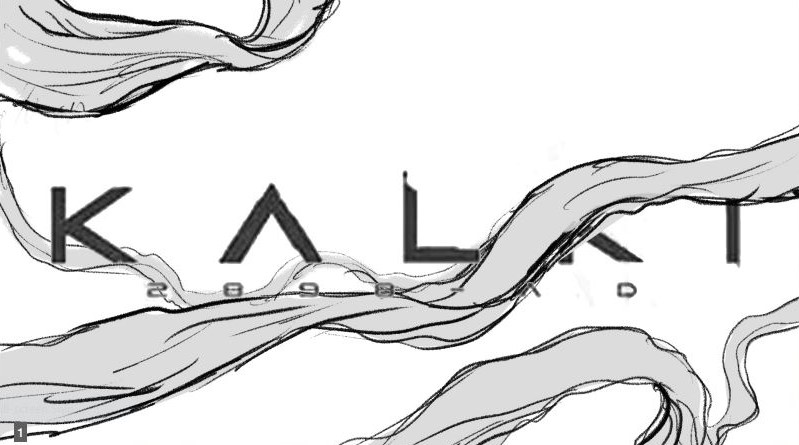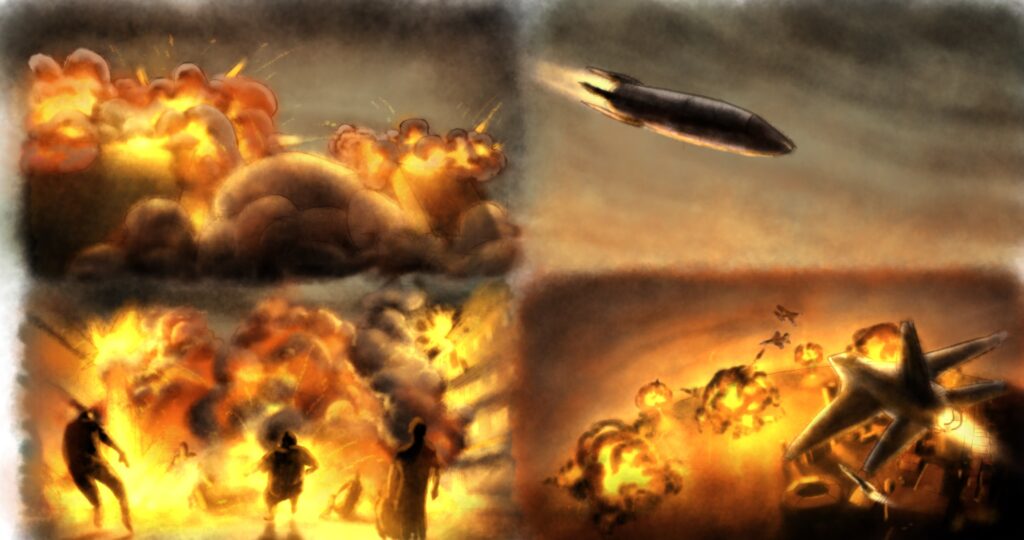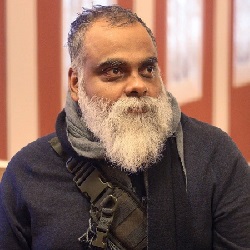The saga of Ashwathama, an immortal who has lived through and witnessed the rise and fall of human civilisation across millennia, finds a stunning visual portrayal in the global blockbuster Kalki 2898 AD. Studio Eeksaurus team, under the visionary guidance of Suresh Eriyat, crafted the breathtaking animated sequence that encapsulates this epic chronicle within just 90 seconds.
Eriyat seized the opportunity to showcase animation’s power to convey complex narratives without relying on extensive explanations or voiceovers. The sequence, titled Wait Of Ashwatthama (Keshava Madhava), stands as a testament to animation’s ability to tell profound stories with minimal explanation.
Reflecting on his collaboration with director Nag Ashwin, the national award-winning animation veteran told Animation Xpress, “Being a part of a mega-blockbuster like Kalki was an exhilarating experience for me and my team. My goal has always been to demonstrate the power of animation to the Indian audience, especially beyond the realm of cartoons. Animation can deliver impactful messages in a short span of time, and this project perfectly aligned with that vision.”
The film boasts an ensemble cast, including Prabhas, Deepika Padukone, Amitabh Bachchan, Kamal Haasan, Disha Patani, and Keerthy Suresh. Their stellar performances, coupled with the seamless integration of cutting-edge technology and human emotions, has earned the film widespread acclaim.
Depicting humanity’s dark side
Studio Eeksaurus faced the challenge of depicting humanity’s transformation in a brief time, emphasising the rise of cruelty and atrocities. Due to the tight schedule, they collaborated with multiple studios to complete the animation. “Ideally, a sequence of this complexity would need at least three months of dedicated production, but we had to complete it in just one month,” Eriyat shared.
Understanding Ashwin’s vision, the team explored various historical catastrophes resulting from human greed, refining their approach through iterative feedback. The final sequence, incorporating at least 10 depictions of human atrocities, was intricately woven into the narrative fabric of the film. Certain sequences had some correlation with the film’s content like abducted children especially girls had some relevance to the theme of fertile girls captivated in the film.
The other sequences that were brought in, to highlight human atrocities were deforestation, cruelty against animals, wars, historical tragedies like the Colosseum of Rome, and the Holocaust to highlight the violent streak in human beings and its impact on global peace and communal harmony. The aim was to present a comprehensive view of how hatred and violence pervade worldwide, with humans as the architects of their own suffering.
“Ashwathama (played by Amitabh Bachchan) is wrapped in bandages due to a wound that never heals, and this influenced our entire sequence design. We had creative freedom in this project, and it was immensely rewarding,” he shared.
A rough Telugu soundtrack describing the return of Vishnu’s avatar to save the world helped shape the sequence. “Our sequences aimed to depict the tragedy of humankind, emphasising this urgent need for redemption,” he explained.
Finalising the animation style
Ashwin collaborated with Eriyat as he was impressed with his remarkable projects, particularly some of their recent 2D animation works. However, during the initial stages, Ashwin’s team faced uncertainty about whether to use 2D or 3D animation for the sequence.
“While Ashwin wanted 2D for the intro sequence right at the onset of our discussions, there was a stage where there was a dilemma at their end whether to go with 3D when there was hardly any time to execute the CG version of this film. At that point of time we felt that the project was off. Convincing them of 2D’s potential, especially when they were accustomed to CGI, was challenging without a demonstrative sample, and we didn’t have time to create one. However, we stood by our belief in 2D animation. After presenting a sample shot to Nagi (Nag Ashwin) and receiving my personal assurance, they decided to proceed with this approach,” Eriyat revealed.
Their team primarily used TV Paint software to create the animation. However, the hand-drawn style was new and unfamiliar to the Kalki team, leading to questions about the smoothness and appearance of the frames. Eriyat noted, “This experience underscored the importance of showcasing unique animation styles on the big screen, allowing audiences to appreciate the unconventional visual styles that animation can offer. While viewers are accustomed to the super smooth, cartoony Disney style, our ‘moving painting’ style, with its deliberately rough line drawings, offered something distinct and valuable.”
He added, “I believe that a stronger comic book or graphic novel culture in the country could help people better understand and appreciate this medium more. I’m proud that our one-minute sequence stood out in a three-hour movie. I hope it demonstrates the merits of using such visual styles to tell powerful stories. In the West, artists like Saul Bass have long created beautifully designed title sequences far from the traditional cartoony approach. In India, animation with gravitas is still emerging, and I am immensely grateful to the Kalki team for their patience and acceptance of the time we needed to create it.”
Challenges faced while executing this animated gem
The team was racing against time and aiming for something so ambitious that even the Kalki team couldn’t fully anticipate the effort required. The live-action team struggled to grasp the complexities of Studio Eeksaurus’ animation pipeline, which was unfamiliar to them.
Giving a sneak peak of meeting deadlines, the master animator disclosed, “I had to explain our process several times—drawing and painting frame by frame, layer by layer, making decisions and finalising the sequences. Once everything was finalised, we were left with just about a month to produce the sequence. There were moments when it seemed uncertain if we could meet the 27 June deadline. We worked tirelessly on the sequence even on the 20 and 21 June, and ultimately delivered it on the 23rd, just in time for the film release.”
The sequence features music that is composed by Santhosh Narayanan who lent his voice to the Telugu version. Bachchan’s voice adds a significant depth to the Hindi version.
Regarding Bachchan’s contribution, Eriyat commented, “I am getting used to it and obviously the audience loves it. Since it’s the main character’s perspective, it was apt to use his voice. However, after hearing Narayanan’s rough track countless times while animating, adjusting to Bachchan’s final version took some getting used to.”
Eriyat concluded with a light-hearted note, expressing his eagerness to collaborate with Ashwin again on something even more challenging. “Hopefully not with such tight timelines!” he joked.

